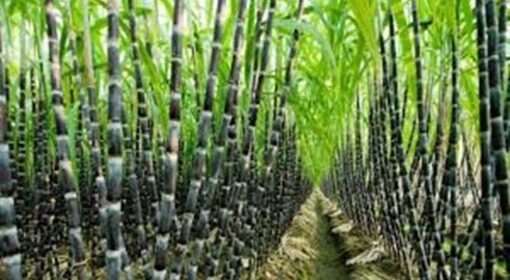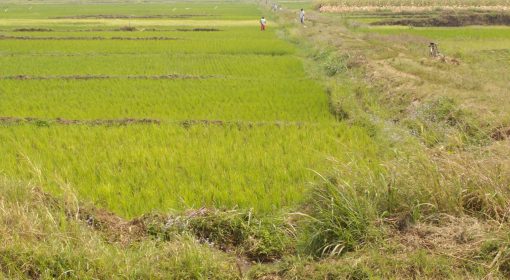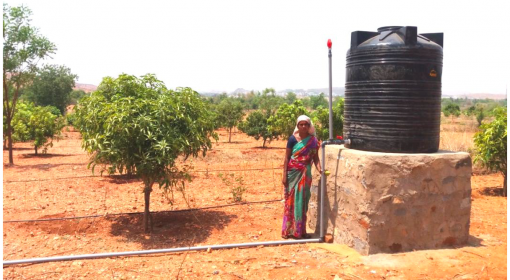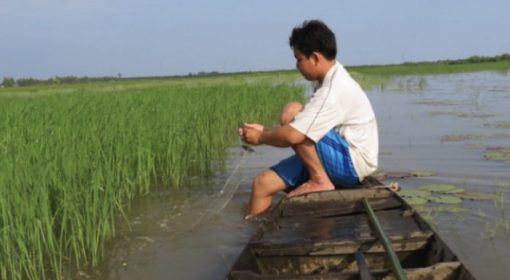Ashraf Ghanem and Frank van Steenbergen
It is an enormous paradox: on the one hand water shortage, on the other hand excessive use of water. Stress and wastage at the same time: this is the story in large parts of agricultural Egypt.

In the old and ancient farmlands of the Nile Delta and the Nile Valley land major crops are cotton, rice, corn, and soybeans in the summer, and in the winter sugar beet, wheat, clover and fava beans. Some farmers grow a third crop in fall (called the nili season), usually shami corn.
Flooding the field is an irrigation method still almost universally applied. In particular flood irrigation in rice is the main culprit in excessive water consumption. The entire field is simply inundated, and much water evaporates under the prevailing high temperatures. The overuse of water in rice fields leads to water shortages at tail ends, higher dependence on low quality drainage water, and disputes among farmers. Farm production is stagnating and if there is a trend in water productivity (or crop per drop) it is slight downhill, as the trends traced with the large WaPOR data base show.
A main government response in Egypt and in irrigation systems elsewhere has been the promotion of drip and sprinkler irrigation. The introduction of these improved irrigation systems is faced with resistance from farmers. These micro-irrigation techniques might not be the most suitable for some field crops and come with high costs for installation, maintenance, routine replacements and power supply. Also, the evaporative loss of sprinkler drip systems is quite high: whereas in conventional irrigation systems water that is not used by the plants percolates down and remains available in the system, in sprinkler systems a large proportion of water is lost to the atmosphere and cannot be recouped. Moreover, drip systems result in the formation of a salt bulb surrounding the root zone, eventually leading to soil salinization. It is fair to say that sprinkler and drip systems particularly for field crops are not the panacea.
There are fortunately other viable options. An alternative and relatively simple irrigation technique is using raised beds. This has been tested over the years in a number of places in Egypt, both for summer crops (rice, corn) and winter crops (wheat). In raised beds crops are planted on ridges and irrigation water is applied to the bottom of furrows. Instead of spreading water over the entire surface area, raised-bed planting routes water more efficiently, applying water where it is most needed in the rootzone of the crops on the raised beds.

Raised bed irrigation was introduced for rice cultivation among others in Sharkia Governorate some twelve years ago. A visit was conducted to these areas, to assess whether farmers had adopted these techniques after pilot project activities ended. Field visits were carried out to project implementation areas and meetings were held with participating farmers. The following was observed:
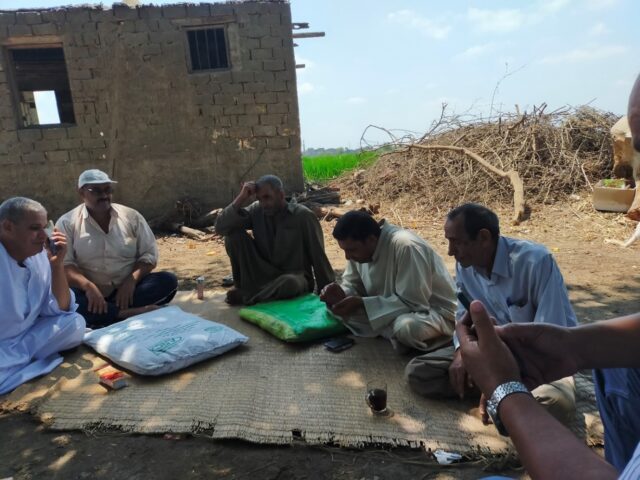
First, all farmers are well aware of the benefits of raised bed farming. Benefits they mentioned are remarkable: considerable water savings (about 20% for winter crops and corn and 30-40% for rice), saving in fertilizers, saving in seeds, saving in fuel due to less irrigation time, yield increase in the order of 10-15%, higher quality crop fetching higher prices, less disease incidence in particular fungal infections.
Second and amazingly, in spite of these very positive results farmers have stopped using raised bed cultivation particularly in rice.
There were two reasons for not pursuing the good practice, as emerged from the discussions. First is that in the upstream areas – where the water saving pilots were implemented – water shortages are less severe. There is relatively little pressure to improve water productivity in these areas and water saved does not translate in better water allocation.
The second reason is that farmers in Sharkia Governorate were not able to use mechanical rice harvesters on the raised beds – which complicated farm operations. The cumbersome harvesting in rice fields caused farmers to abandon raised bed farming in rice. In contrast the practice of raised beds is still continuing in corn fields, where harvesting is manually anyhow.
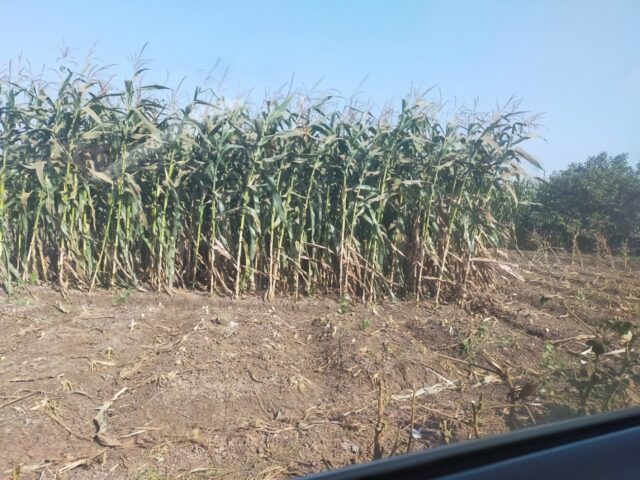
Both bottlenecks can be removed. The introduction of efficient irrigation should be part of a reallocation of water in the entire area and not focus on individual farmers only. Farmers are still interested in raised bed cultivation even in the upstream areas – for the many benefits (yields, input use) raised beds bring. It is important for all to see the larger area context and make it part of resharing water in the entire command area and create sufficient awareness around it.
The second solution include technical approaches such as adaptation of mechanical harvesting equipment to raised bed (already started being done by ICARDA) or through testing the adjustment of raised beds to fit harvesting equipment as was suggested by some farmers. In addition, it is important to provide a comprehensive package with adequate training of extension workers and farmers, improved seeds, easy to follow guidelines, and continuous follow-up, monitoring and technical support. It is also important to disseminate results at the local and national level and provide suggestions for policy and legislation formulation.
Prepared in support of the application of the Voluntary Guidelines for Sustainable Water Allocation in Agriculture as part of the Regional Water Scarcity Initiative by FAO.
